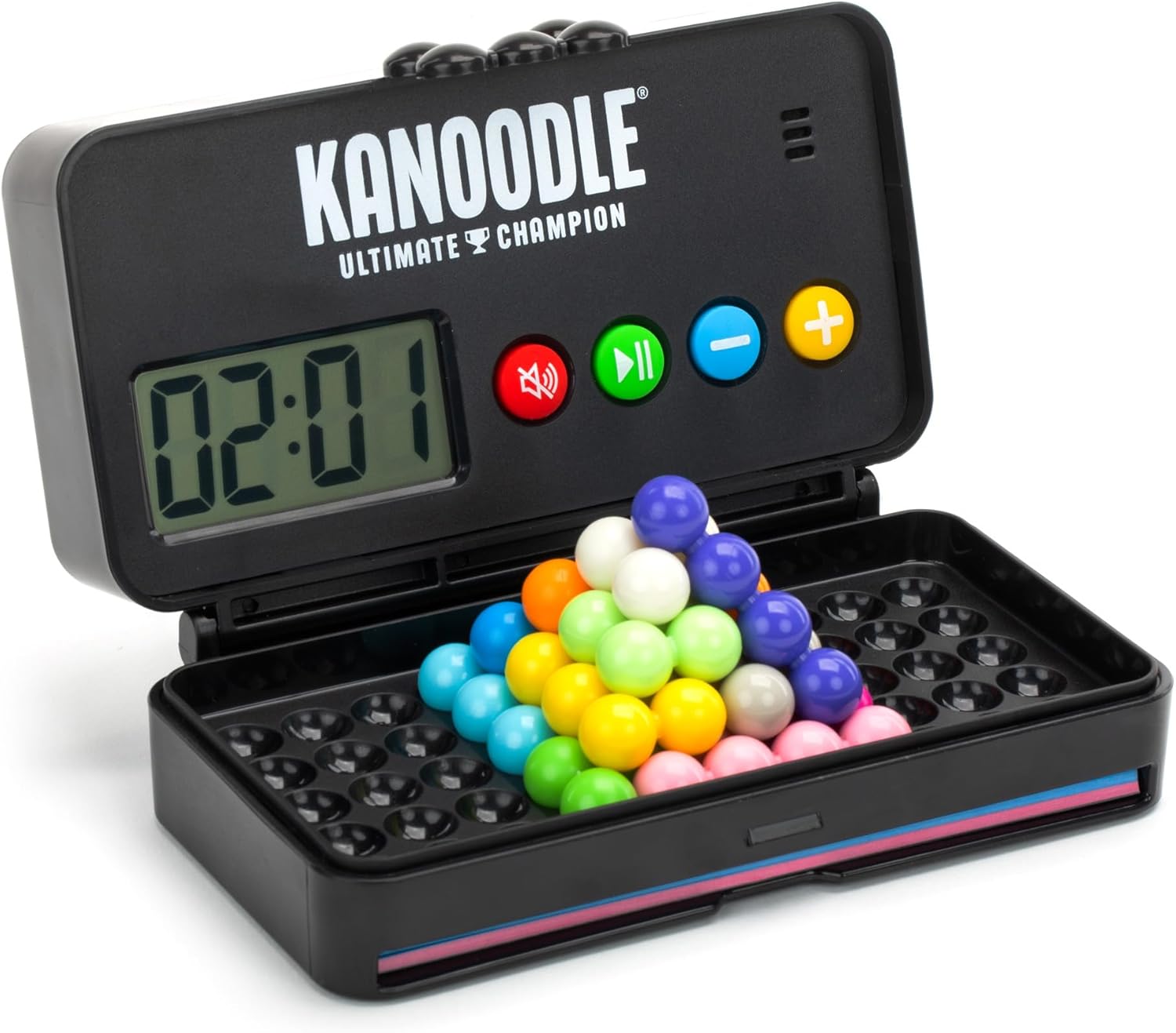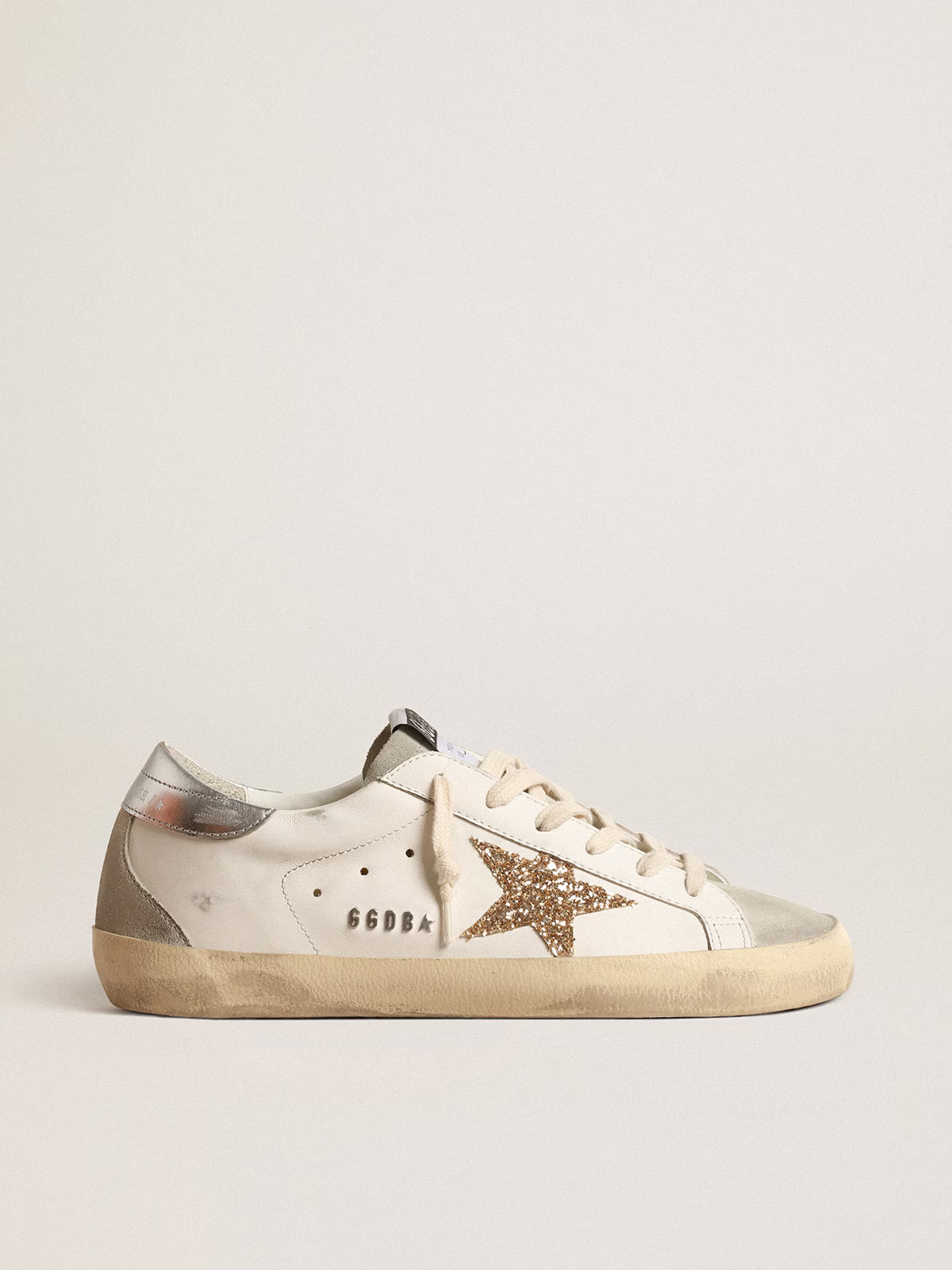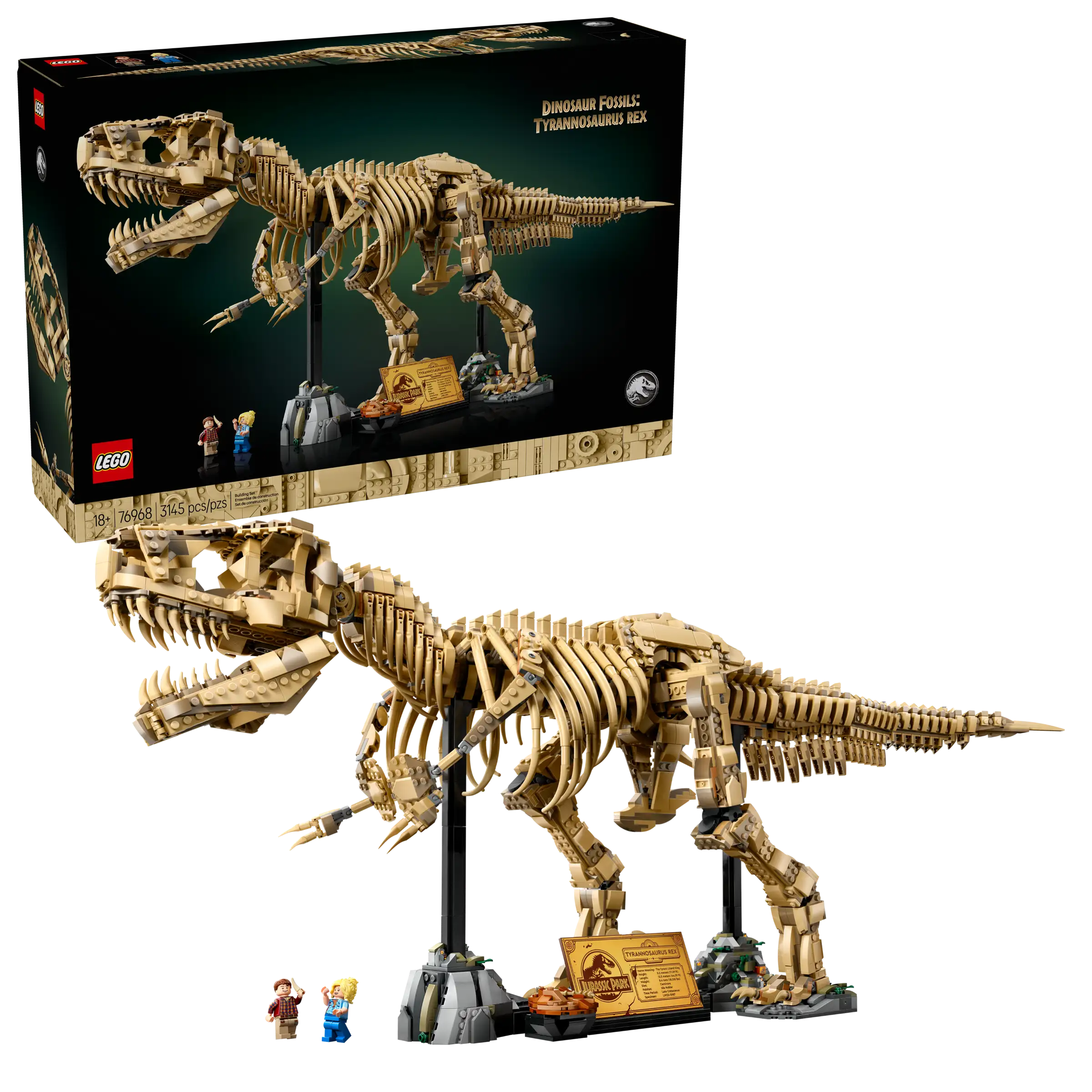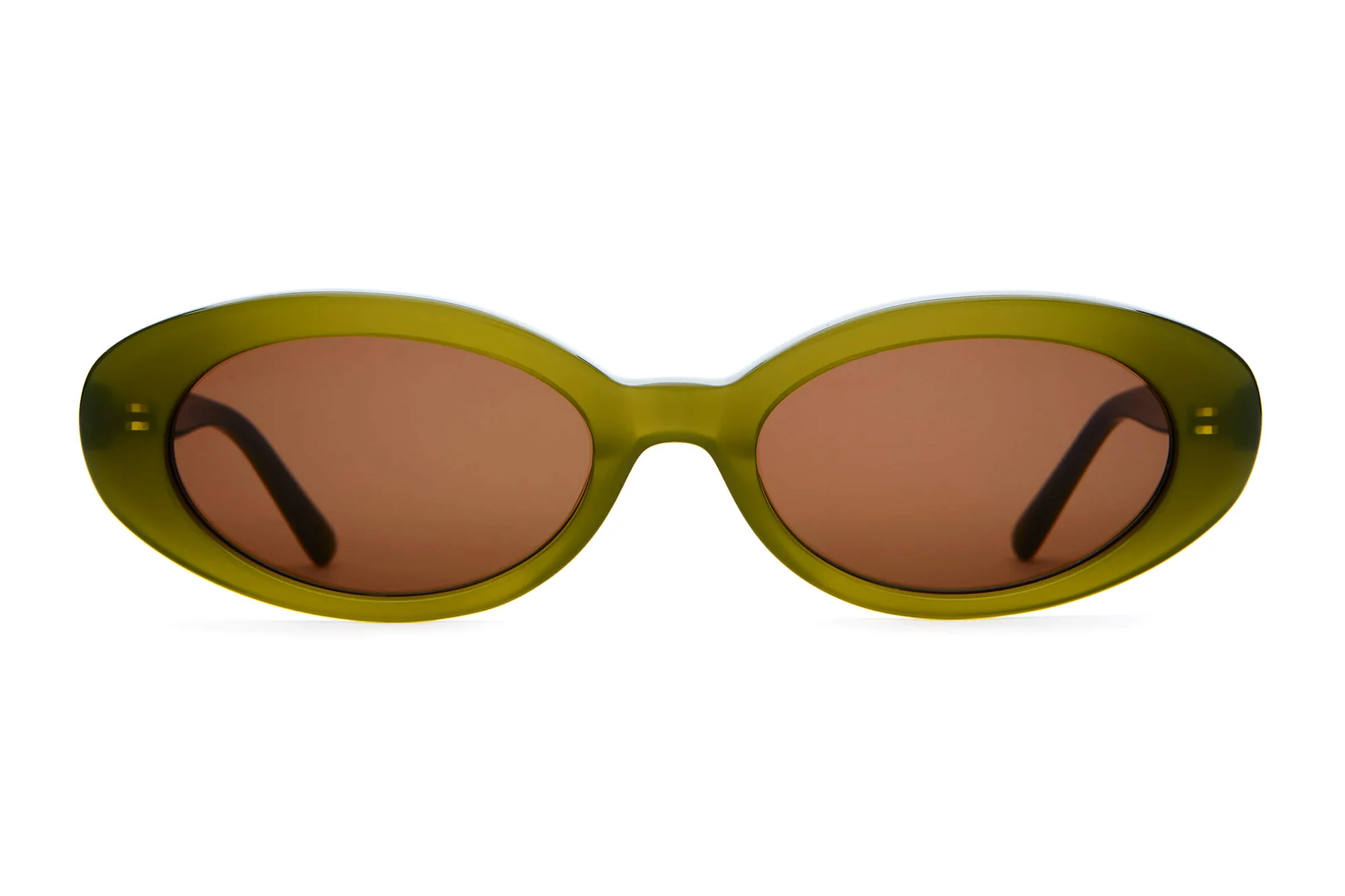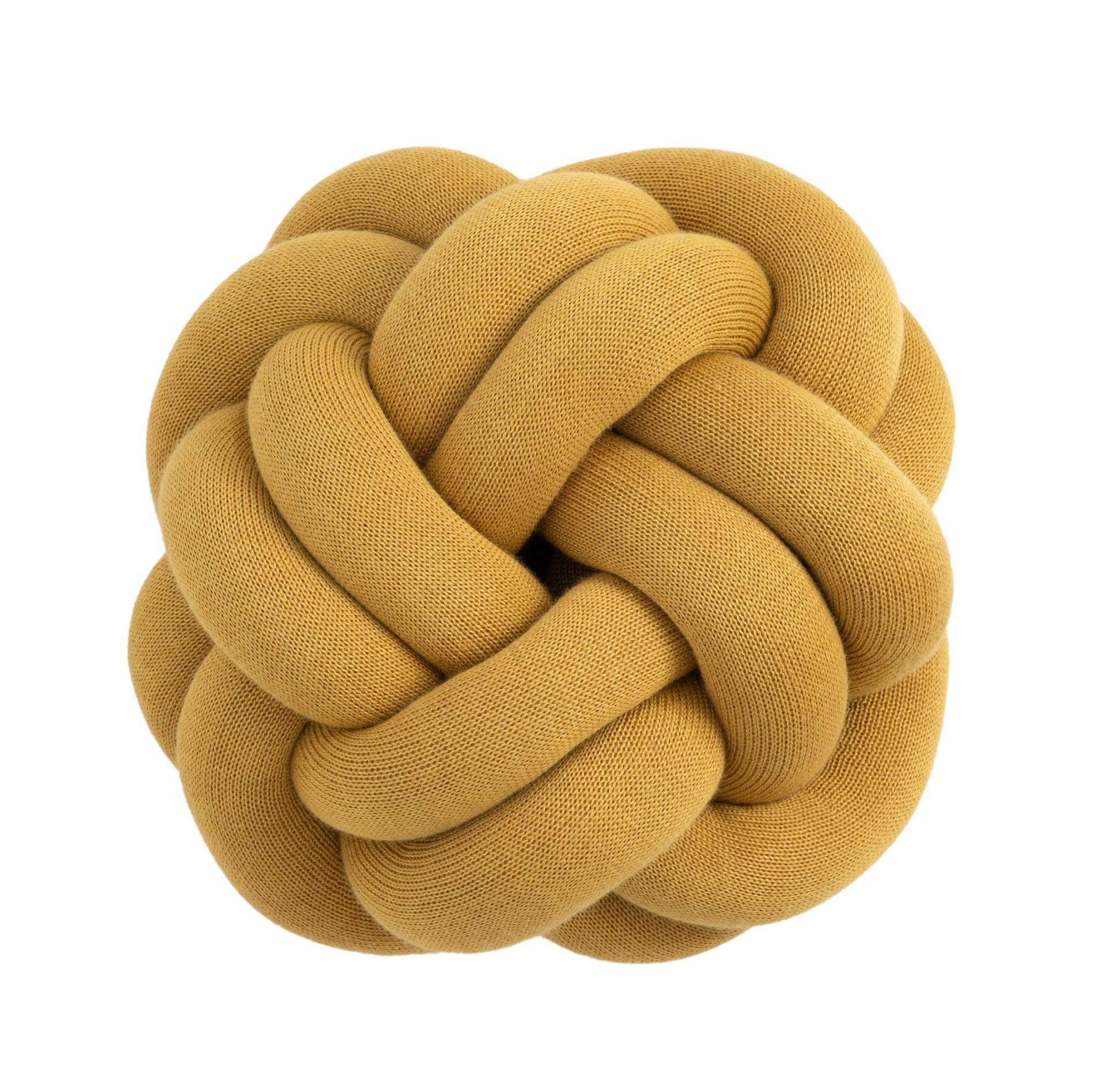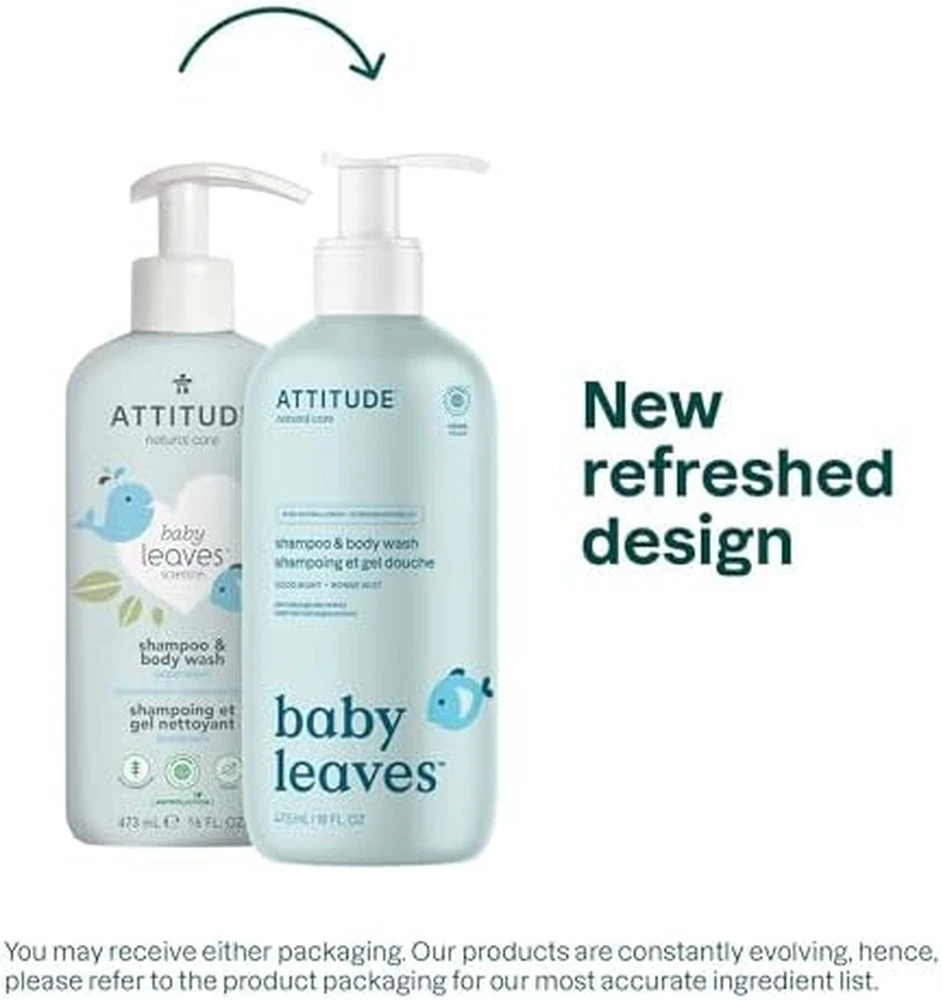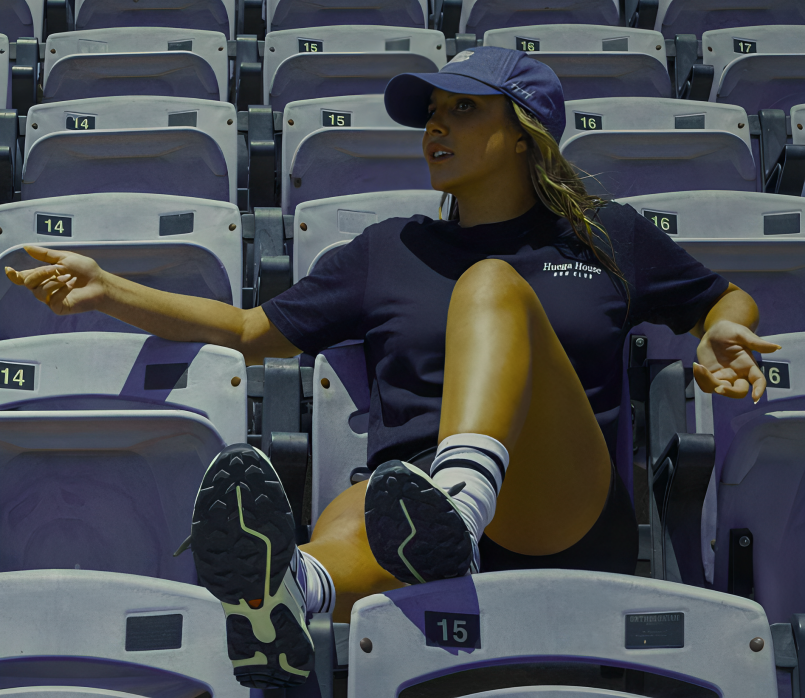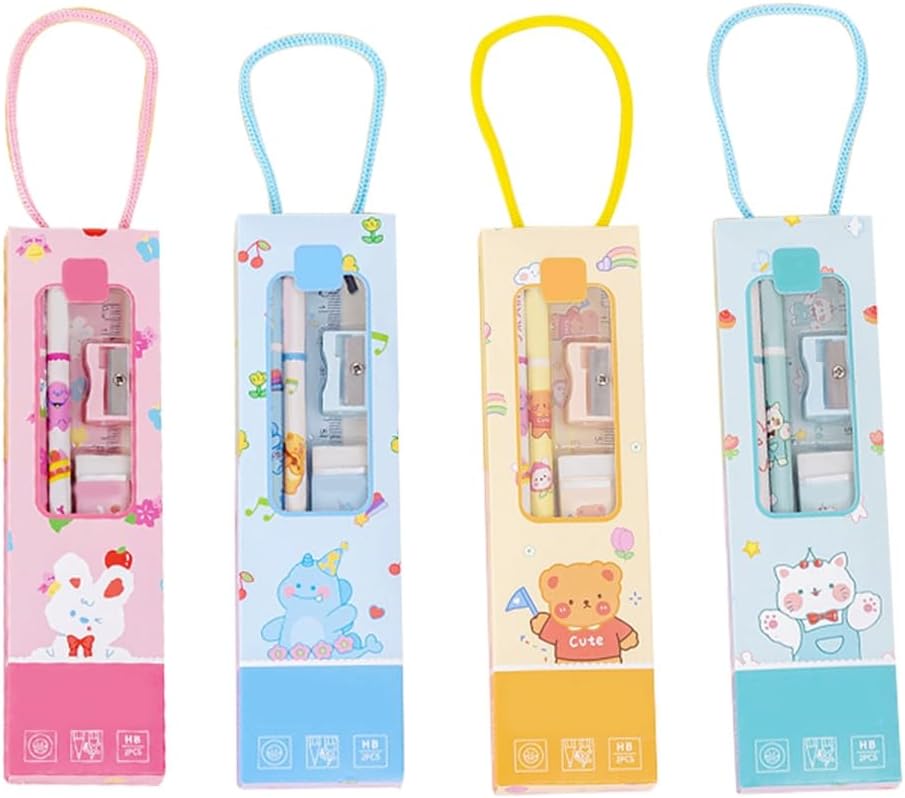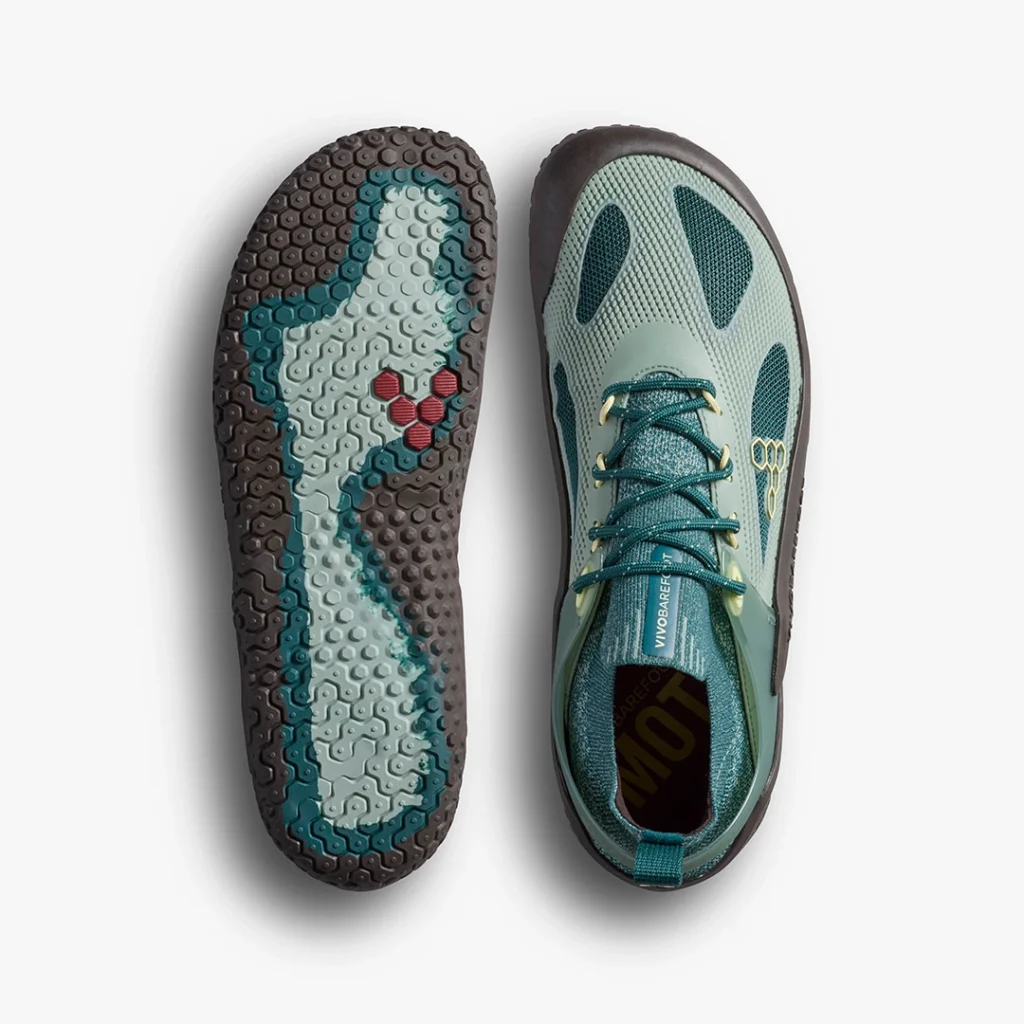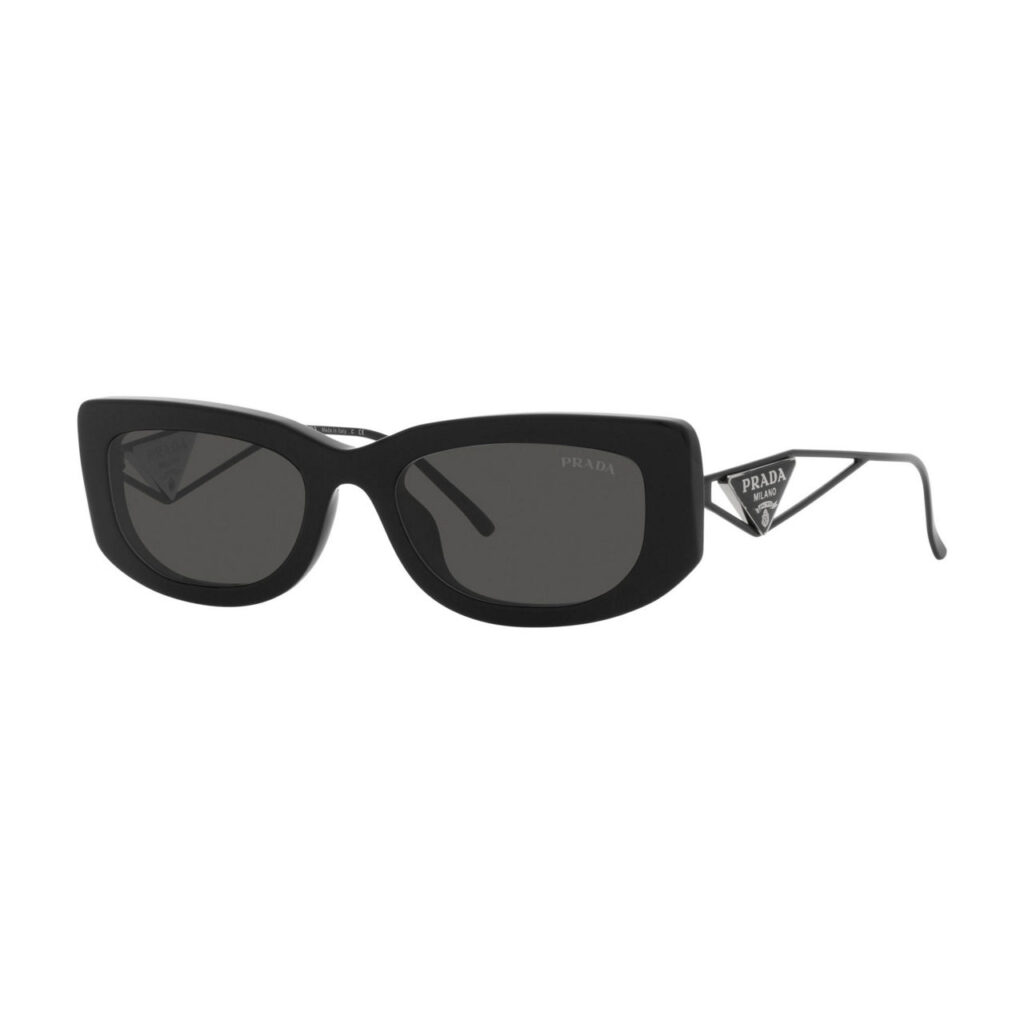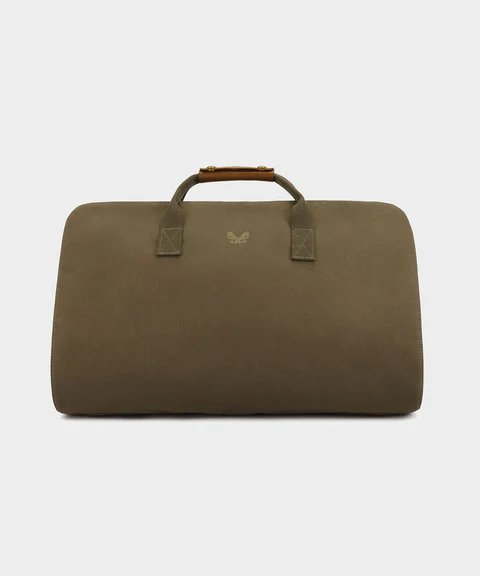Attention spans are under siege, and not every “educational” toy earns repeat play. In this article, we’ll show you how to turn puzzles into a genuine event—quick to teach, wildly replayable, and rewarding at every skill level—using the Learning Resources Kanoodle Ultimate Champion as your go-to system for smart, screen-free fun.
Shop Learning Resources Kanoodle Ultimate Champion
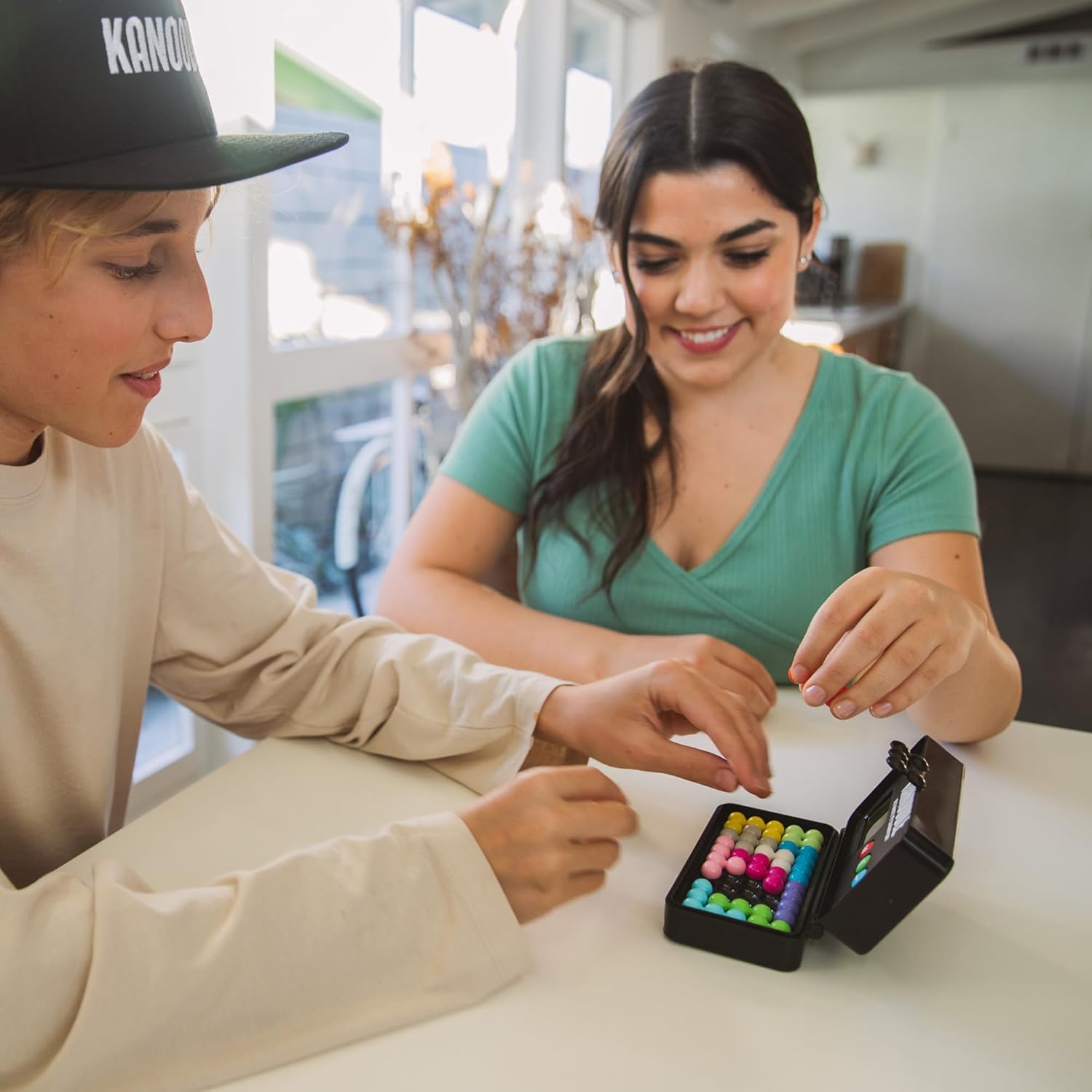
Why Kanoodle Works When Worksheets Don’t
Puzzles become addictive when they hit the sweet spot: simple starting rules, escalating challenges, and fast feedback. The Learning Resources Kanoodle Ultimate Champion keeps the journey tight and motivating. Kids experience micro-wins (placing a tricky piece, spotting a new rotation), while adults get the tactical satisfaction of “seeing” a solution line emerge. Unlike homework, progress is visible in the build itself—piece by piece, from confusion to click.
The format is intentionally low-friction: compact pieces, clean challenge prompts, and a setup that lives happily on a desk, kitchen island, or classroom station. You can run it solo for quiet focus or turn it into a head-to-head sprint that gets the whole room cheering.
Shop Learning Resources Kanoodle Ultimate Champion
The One-Minute Teach: From “What Is It?” to “Let’s Go!”
Great puzzles don’t need long rulebooks. Here’s a teach script you can use on family night or in class:
- Goal in one line. “Use all the pieces to complete the pattern shown by the challenge.”
- Two example placements. Show a correct placement and a near-miss to highlight rotation and orientation.
- Reset & start. First challenge should feel like a warm-up; let players talk through moves aloud.
By the two-minute mark, players are experimenting—rotating, flipping, and negotiating tight spaces. That’s the point where curiosity takes over and the puzzle loop becomes self-driven.
Real Skills, Playful Delivery
What looks like “just a toy” is a stealth workout for:
- Spatial Reasoning: Mentally rotating polyomino-style pieces and mapping them to a 2D grid or 3D form.
- Working Memory: Holding partial patterns in mind while testing variations.
- Cognitive Flexibility: Abandoning a stuck approach and trying a new angle without frustration.
- Perseverance: Learning to pause, breathe, and re-enter the problem with a smaller step.
Because feedback is instant (“this piece fits” vs. “nope”), players build a rhythm—attempt, adjust, align—without needing an adult to validate every move.
Shop Learning Resources Kanoodle Ultimate Champion
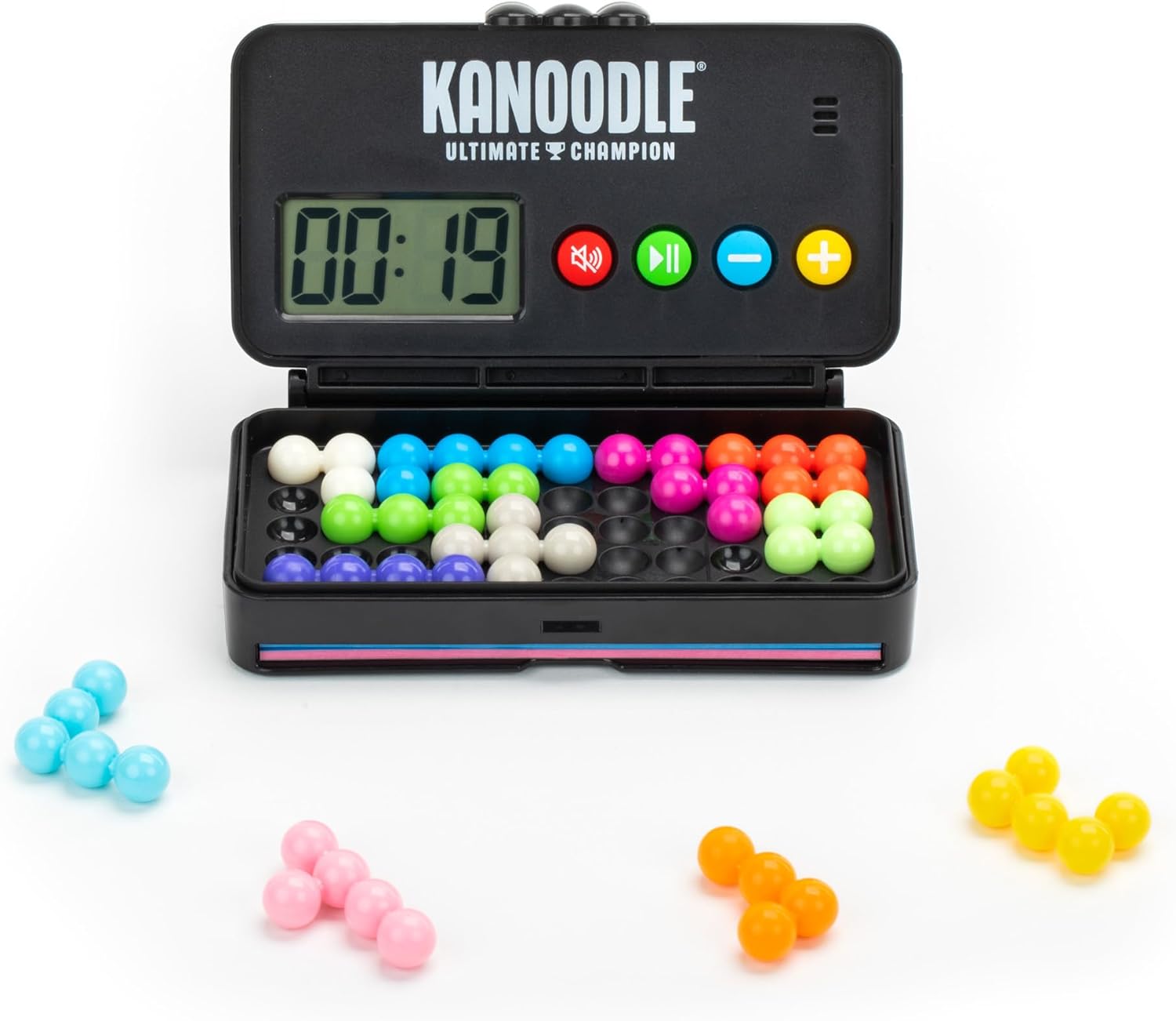
Solo Flow vs. Head-to-Head Hype
The beauty of the Learning Resources Kanoodle Ultimate Champion is mood control. You can dial the energy up or down:
- Solo Flow (Quiet Focus, 10–15 min): Pick a challenge and work methodically. Encourage players to narrate a micro-plan: “I’ll anchor the corner with a long piece, then snake the short one along the edge.” That self-talk is a scaffold that gradually internalizes.
- Head-to-Head (Party Mode, 5–7 min): Two players draw the same challenge. On go, they race to completion—best of three rounds wins. Add a 60-second “think timer” to raise stakes and keep turns snappy for spectators.
Rotating between these modes helps households and classrooms maintain novelty. Calm after school? Solo. Birthday sleepover? Race mode.
Difficulty That Scales with the Player
Start with generous negative space around the target shape, then ratchet difficulty by selecting denser patterns with fewer obvious anchors. A simple rule of thumb:
- Starter: Use challenges where at least two long pieces slot in visibly.
- Intermediate: Switch to irregular silhouettes that break easy symmetry.
- Advanced: Shrink the “free space,” so a single wrong placement cascades into dead ends—forcing deeper planning.
If a player hits a wall, don’t “give the solution.” Instead, remove two pieces, rotate the board 90°, and say, “What’s your new anchor?” Fresh orientation often unlocks the stuck pattern.
Coaching Without Over-Coaching
You want to help, not hijack. Try prompts that preserve agency:
- “If that piece goes there, which corners become impossible?”
- “What’s the smallest shape you can complete right now?”
- “Name your next two moves before you place a piece.”
These nudge players to preview consequences without dictating the path. Celebrate micro-strategies—“Nice pivot from edge-build to center-first”—so improvement feels visible.
Classroom & Club Ideas: Make It a Station That Runs Itself
In a learning space, the Learning Resources Kanoodle Ultimate Champion shines as a low-prep, high-impact station. Tips for smooth deployment:
- Label Challenges: Color-code by difficulty so students self-select stretch goals.
- Two-Minute Rule: If stuck, rotate the board, remove one piece, and re-attempt—no endless floundering.
- Peer Referee: In head-to-head, the waiting student acts as the “judge,” confirming whether all pieces are flush and rules were followed. That light structure keeps groups independent and on-task.
Add a simple reflection prompt on exit tickets: “What was your best idea that didn’t work—and why?” That’s metacognition without the groan.
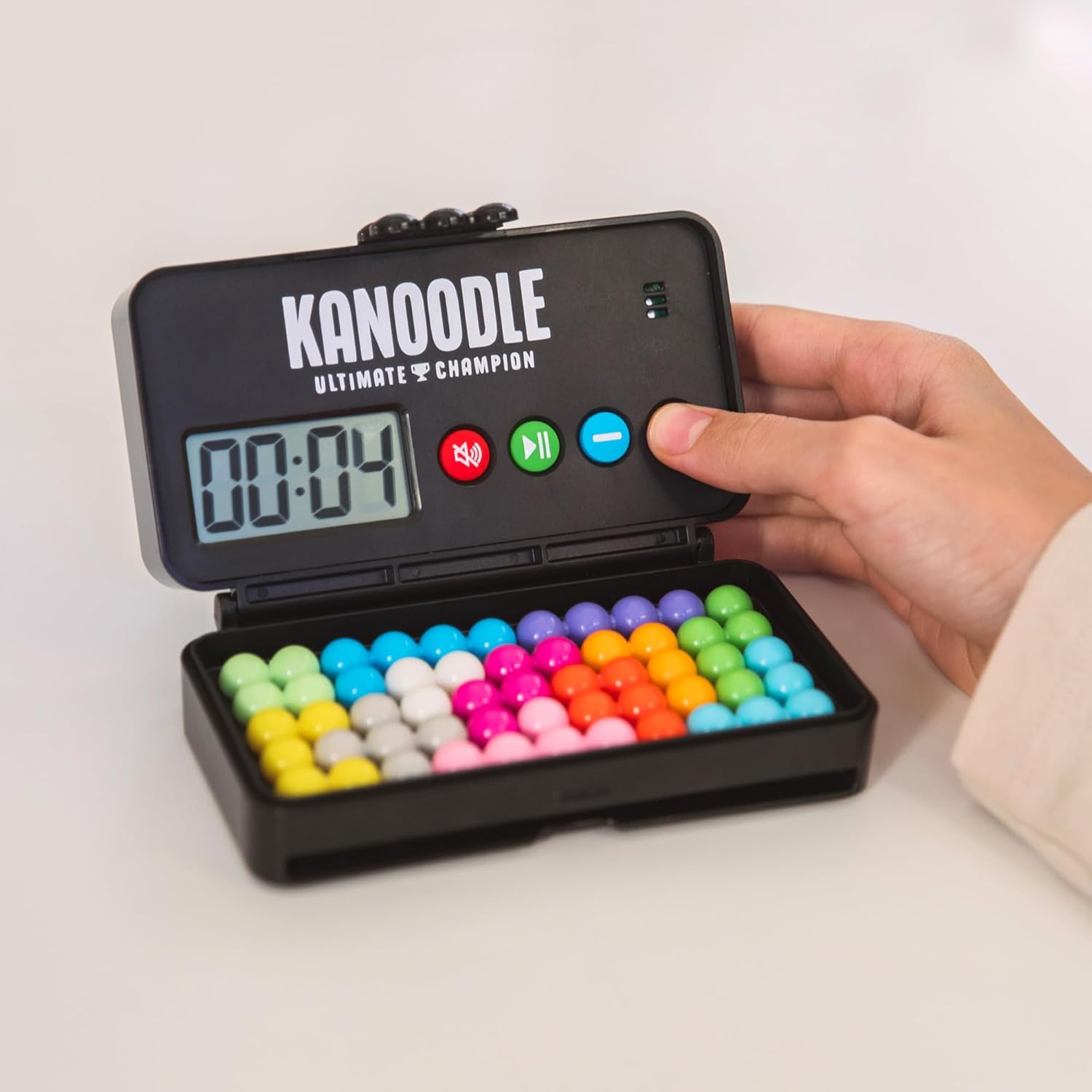
Home Organization: Keep It Visible, Keep It Played
Objects in drawers rarely become habits. Create a “puzzle perch”: a small tray or shelf where the kit lives in plain sight next to a lamp or reading nook. For families with multiple kids, assign each child a challenge bookmark (sticky note + initials) so they can resume exactly where they left off tomorrow. Visibility fuels repetition; repetition fuels skill.
Shop Learning Resources Kanoodle Ultimate Champion
Handling Frustration: Turn “Stuck” Into a Strategy
Every puzzler hits friction. Teach a three-step reset:
- Scan for Symmetry. If the silhouette is balanced, try mirroring your last successful mini-build on the opposite side.
- Anchor Corners, Then Bridges. Place corner-friendly blocks first, then create a “bridge” across the tightest gap.
- Reverse the Last Two Moves. If progress stalls, undo two steps and try a different rotation on the longer piece.
This tiny protocol keeps momentum alive—and models resilient problem-solving kids can use in math, writing, and sports.
Habit Stacking: Build a Daily 7-Minute Brain Boost
Attach puzzles to routines you already do: after snack, before homework, or right after brushing teeth at night. Seven focused minutes is enough to complete one challenge with intent. Over a month, that’s dozens of solved patterns and a visible leap in confidence. Put a mini calendar near the puzzle perch and check off each day—gamifying the habit with zero extra apps.
Travel-Friendly by Design
Compact footprint = easy wins on the move. Slip the kit into a tote for dinners out, long car rides, or grandparents’ houses. For flights, head-to-head sprints turn wait times into laughter rather than scrolling. When you arrive, park the set on a coffee table—ready to rescue rainy afternoons.
Shop Learning Resources Kanoodle Ultimate Champion
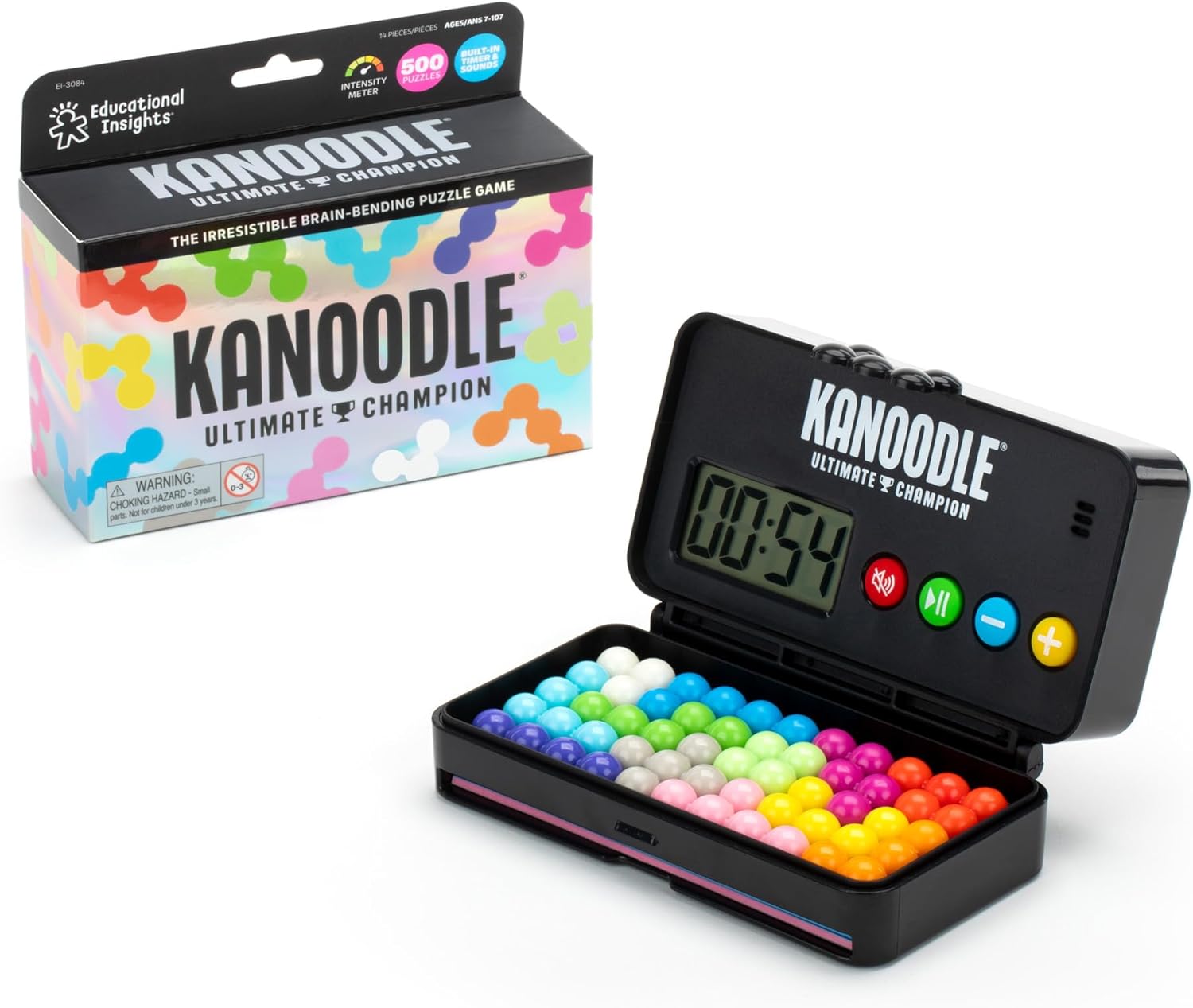
Care & Storage Tips (Because Pieces Love to Wander)
Keep pieces sorted in a small zip pouch; label it with a fine-tip marker so it always finds its way back. Wipe components with a dry cloth—clean pieces seat more accurately and feel better in hand. If you run mixed ages, set a “clear table” rule between rounds to prevent accidental nudges that break a nearly solved pattern (we’ve all been there).
Why This Set Earns a Permanent Spot in Your Rotation
The Learning Resources Kanoodle Ultimate Champion nails the trifecta families and educators crave: fast teach, deep replay, and real cognitive gain. It’s the rare “edutainment” product that doesn’t need a sales pitch after week two—because it proves itself every time a piece clicks into place. Whether you’re supporting a young puzzler’s spatial growth or giving teens an alternative to doom-scrolling, this is a compact system with oversized impact.
Conclusion
If you want a puzzle experience that sticks, look for frictionless starts and satisfying finishes. The Learning Resources Kanoodle Ultimate Champion delivers exactly that: smooth onboarding, scalable difficulty, and flexible modes that match your day’s energy. Put it where you’ll see it, stack it onto an existing routine, and let the pattern-making do its quiet magic. Brains get a workout, families get a new ritual, and you get a fuss-free activity that keeps paying dividends.
Shop Learning Resources Kanoodle Ultimate Champion
FAQ
- What ages is this best for?
Ideal for school-age kids and up. Younger puzzlers can start on simpler shapes with guidance; older players will enjoy the denser, trickier challenges. - How long does a typical session take?
Solo rounds can be solved in 5–15 minutes. Head-to-head races often wrap in under 7 minutes—perfect for transitions. - Is it actually educational or just fun?
Both. Players practice spatial reasoning, working memory, and flexible thinking while chasing that “aha!” moment. - Can different skill levels play together fairly?
Yes—use difficulty tiers or time handicaps. For example, give newer players a 10-second preview before the race starts. - Will we run out of challenges?
Not quickly. Rotate between easier “confidence builders” and tougher silhouettes; replay value comes from new strategies and faster solving. - Any tips for kids who get frustrated?
Teach the three-step reset (symmetry, anchors, reverse two moves) and normalize breaks—short pauses often unlock the next idea. - Good for classrooms?
Absolutely. Set it up as a self-running station with color-coded difficulty and a two-minute “reset rule.” - How do we keep pieces from disappearing?
Store them in a labeled zip pouch and make “clear the table” part of the end-of-round ritual.

